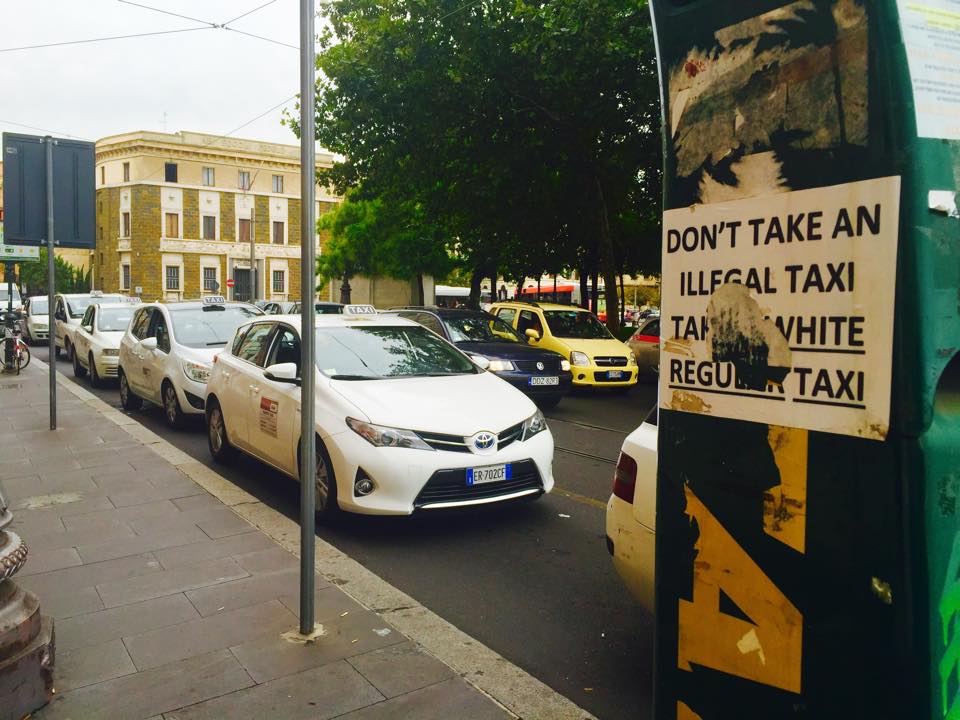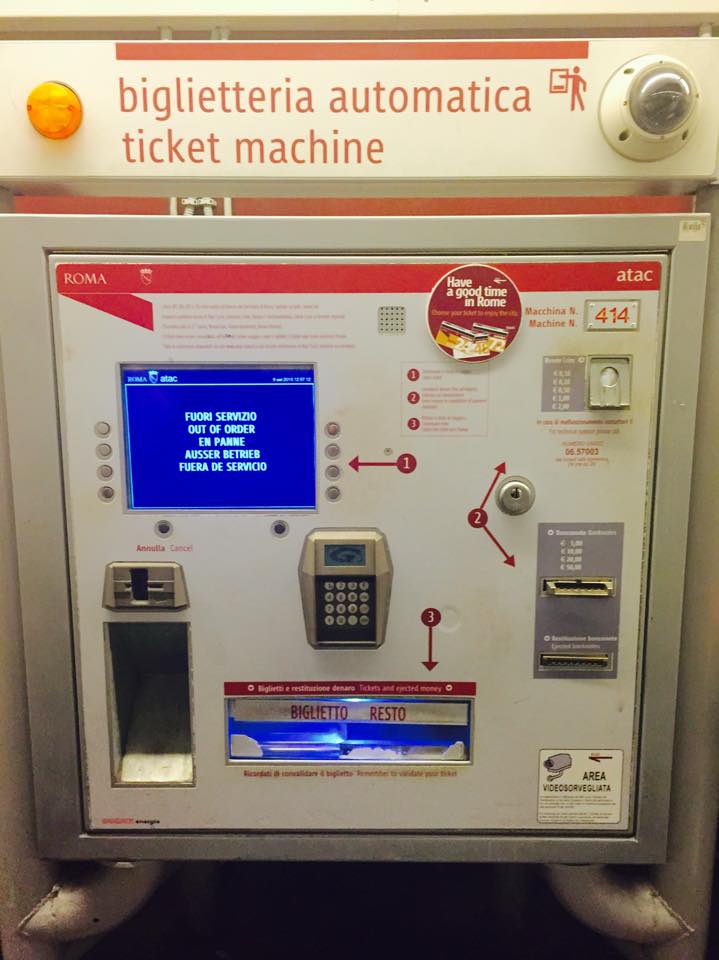When it comes to studying abroad in Roma, I’ve found the easiest way to get around is walking. Luckily, I live in an area where I can walk just about anywhere I need to, whether that be school, the market, food establishments, etc. However, when it’s time to take a trip or the blisters become too much to bear, public transportation has become my best friend.
Coming from a small town, taking the metro, taxi or even a bus was a foreign concept to me. So one could imagine my additional struggle of figuring out these systems in another country. But trust me: If someone who is as directionally challenged as myself can figure this out, anyone can.
My first experience with public transportation was a taxi. Now, I’m sure when many of you think of hailing a cab, you think the “New York City” way. Whistle or throw your hand in the air and they come screeching to a stop no matter where you are. Wrong! In Italy, there are designated taxi stands. They pull into a line and it is customary to go to the first car, as they have been waiting there the longest.
 |
| "Don't Take An Illegal Taxi. Take A White Regular Taxi" |
The bus is another option to get around locally…if you have some leeway time. There is no set schedule, as Rome is an elaborate city and traffic jams tend to occur, so there is no telling when a bus will arrive. I have heard stories of them coming as quickly as five minutes and taking as long as an hour, if they arrive at all. I have only taken the bus once in my few weeks here because of this...I was just too tired to walk home one day. If you decide to gamble your time and take the bus, bus tickets are available at tobacconists, bars, or vending machines at metro stations and major bus stops. Make sure to get a ticket, because if you are caught without one there is a hefty fine. No bene!
 |
| Use this machine to get one day metro/bus tickets. |
Surprisingly, I have found the metro to be one of the easiest forms of transportation, and by far the cheapest. Metro cards can be purchased for as little as 1.50 euro for a one-way ticket and for as much as 35 euro for a monthly pass which can be used for both the A and B line, as well as a bus ticket. Now you may be thinking, what is the A and B line? Simply, they are the two tracks that the metros run on throughout the city. There are crossing stations, such as Termini, to change from Line A to Line B. At first it seems very confusing, but my second day taking the metro I felt like I had mastered the system.
 |
| An entrance to the metro (A line) in Prati. |
The hardest thing about travel in Rome, in my opinion, is knowing which stop to get off on...not because they don’t make it clear which stop you’re at (because they do) but because I don’t know where everything in the city is yet. I have only been here for roughly two and a half weeks and there is a never ending array of sites to see and things to do. I have not nearly scratched the surface of all Rome has to offer. Only time, exploration, and more practice using public transportation will help me get there!
Courtney Blanchard is the Fall 2015 CEA MOJO in Rome, Italy. She is currently a senior at Stockton University.










